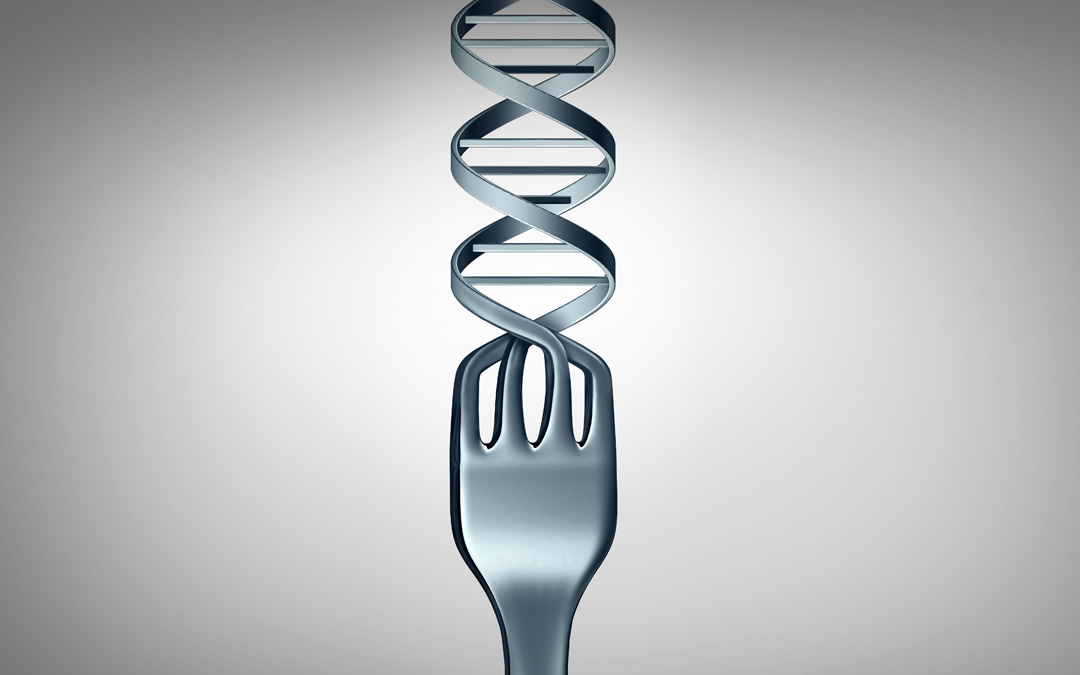Sports are big business! From athletes and sports franchises to corporate endorsements and sports-related advertising, billions of dollars are spent every year in sports. And with so much at stake, sports-related injuries are not only devastating for athletes, but also bad for business.
If there was a way to predict if a highly skilled player would be injured, we could institute preventative strategies before the injury ever happened.
But can injuries be predicted?
Can we predict sports injuries?
Some researchers have used strength and flexibility tests to “predict” the likelihood of injury. For example, if an athlete performs poorly on a flexibility test at the beginning of the season and then gets injured later in the season, the team may conclude that the athlete’s poor flexibility predicted the injury. But here’s the catch, just because a test is “associated” with an injury doesn’t necessarily make it predictive.
The problem with this approach is that many things happen in an athlete’s life between the time they’re tested to the time they’re injured, and any combination of these things could be more responsible for the injury than a lack of flexibility. It’s sort of like saying people who own dogs are happier and healthier than non-dog owners. We assume the dog is responsible for the owner’s happiness only to find out that dog owners, by and large, have higher socioeconomic status. That socioeconomic security that allows them to have and care for a dog also helps them afford better healthcare, contributing to their happiness.
Some say that there are too many factors at play to be able to predict sports injuries. Athletes are like a spinning top on a given path that can veer off course in a new direction with minor environmental changes. For athletes, health is in one direction and injury is in the other. Variables like diet, stress, sleep, and prior injury — each with differing influences — affect the outcome. Some argue that because of all of the interconnected factors, the problem of injury prediction is just too complex to be solved.

Sports injury prediction technology
Given the complexity of sports injury prediction, some researchers explore “dynamic systems modeling” to better capture all of the variables associated with sports injuries. This method examines many variables in order to establish cause and effect relationships and to understand how different variables interact with each other.
To do this, researchers are using real-time data monitoring gathered from wearable technology and a better understanding of the human genome and how genes affect health and performance.
Wearable technology has become more advanced in recent years. It can track an athlete’s heart rate, acceleration and deceleration, jumping and landing, sleep patterns, calories burned, hydration level, respiratory rate, blood pressure, and stress level. With further evaluation of this technology, researchers will gain a better understanding of individual factors that affect sports performance and injury and how these factors interact with each other.
The field of genetics has also advanced in recent years and has given us a significant step forward in understanding genetic predisposition to injury, also known as the baseline probability. Genetics can provide information about increased risk factors such as muscle, knee, and ankle injury, allowing preventative measures to be put into place to avoid these injuries.
For example, suppose you are a baseball pitcher with an increased risk of rotator cuff (shoulder muscles) injury. In that case, you can seek the expert advice of a physical therapist to begin a customized exercise and recovery program to protect your shoulder.
Genetic testing and the future
At ADx Health, we are at the forefront of genetic testing and offer a range of products to help people better understand their health and potential. Learn more about how genetics affects your athletic ability, injury, and training with ADx Health’s myGenoFit test, coming in 2022.









